Grounding and Releasing: A Yoga Sequence for Grief
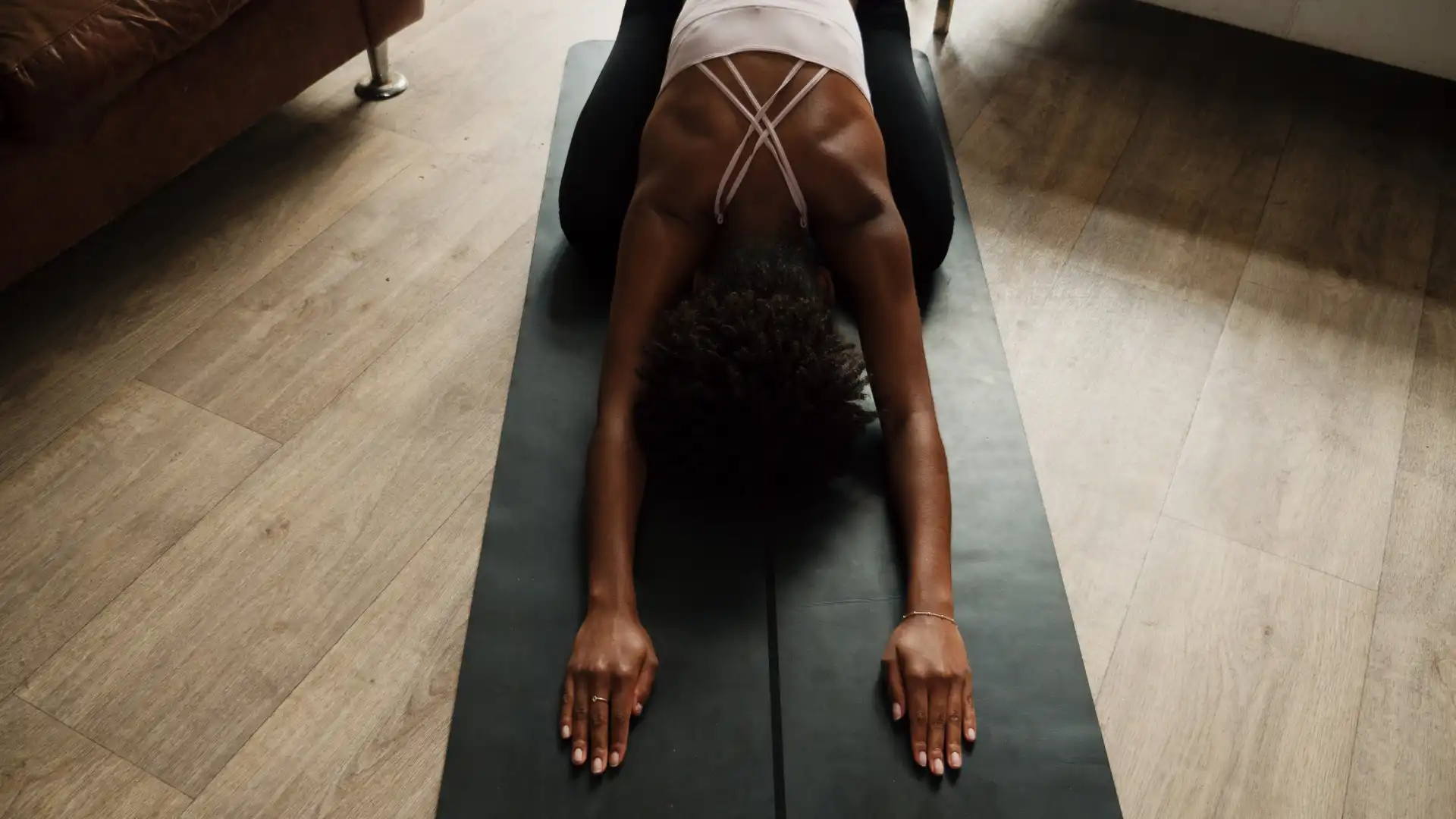
Grief—the loss of a loved one, our full health, a relationship, a job, or a pet. We all experience it at some point. We miss what was and fear the future without it. Sometimes lack of closure or unanswered questions can leave us feeling confused, incomplete, and even resentful.
Yoga can’t fix the situation that is leaving us grieving, yet it can remind us that everything is temporary. Asana practice shows us the impermanence of everything, from how we can hit our Half Moon Pose (Ardha Chandrasana) one day and not the next, to how each pose is simply a buildup to Savasana when we must leave the physical work behind and simply be with our own minds and spirits.
The ways that yoga practice also encourages whole-person wellness—in our bodies, minds, and spirits—can also help us get through our grieving days a bit more easily. Additionally, yogic philosophy reminds us to detach from judging things as “good” or “bad,” but rather that everything has its place and purpose. We grieve because we were able to experience something good in what we are grieving. Yogic philosophy also guides us to detach from our thoughts and feelings, to not identify with them, because they’re what we’re experiencing and not who we are.
In fact, yoga is offered in some hospitals for cancer patients who are facing the potential end of their lives. Additionally, research suggests that yoga can reduce sadness, and even ease anxiety, following loss associated with natural disasters. A study in Evidence-Based Complementary Alternative Med. 2007 (for survivors of the 2004 Indian Ocean tsunami) and another in the BMC Psychiatry 2010 (for survivors of the floods in Bihar in 2008) found just that.
Could yoga help you, or someone you love, navigate grief?
How to Calm Your Mind and Emotions with a Strong and Soothing Yoga Sequence
The following sequence only requires 10 minutes and a mat (or another non-slip surface). You might also want to have a firm blanket or two close by.
Begin with a Warm-Up
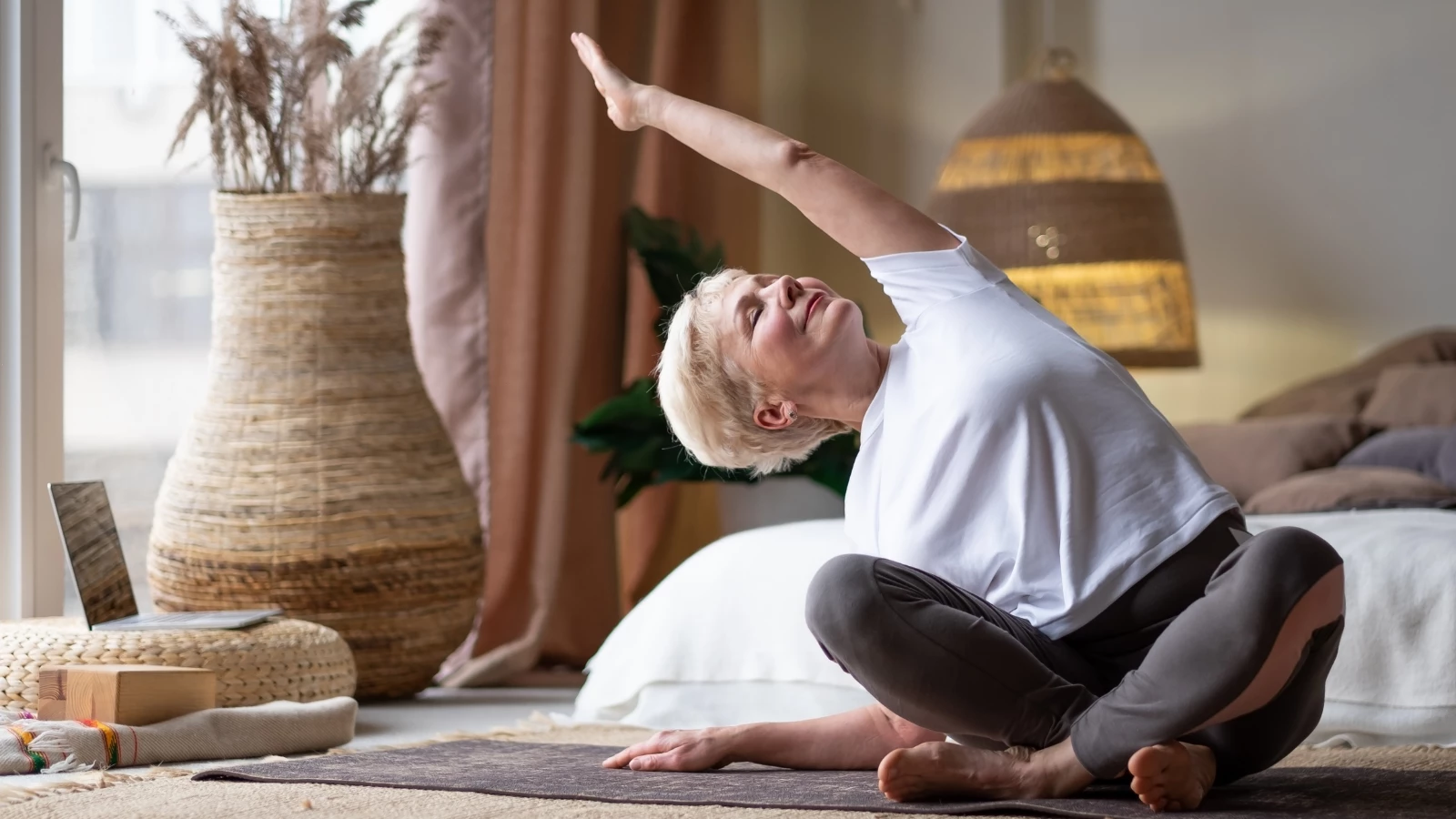
- Sit in Easy Pose (Sukhasana) (shown above) feeling a rooting through your seat, but also a lift through the top of your head. If your lumbar spine is rounded back, sit up higher on a folded blanket. Feel your breath flowing naturally. Notice any tension that you are holding in your body and try to let it dissolve away.
- Reach up to the sky, arms as wide apart as your shoulders and palms facing inward, in Upward Salute (Urdhva Hastasana).
- Take your right arm to the sky while your left-hand falls to the floor. Bend toward your left, yet stay grounded in your right hip. Breathe into both sides of your body, feeling them expansive.
- Hold for 5 to 10 breaths. Then reach back up to the sky, and practice the same to the left.
- Set up in Tabletop Pose (Bharmanasana), on all fours with your shoulders over your wrists and your hips over your knees. Take a Cat/Cow Pose (Marjaryasana/Bitilasana) flow. Let your belly dip down and look up to the sky as you breathe in, and then arch your spine up while you let your head dip down as you breathe out.
- Repeat that 10-15 times, until your spine begins to feel warm. Notice the temporary nature of each movement and each breath.
- Reach up with your left arm, and then “thread” it through the space between your right arm and the right side of your torso, so that your right arm is on the outside of your left knee. Adjust your head on the floor so that your neck feels comfortable. Let your left shoulder soften into the support underneath it (your mat or another surface). This is Thread the Needle Pose (Urdhva Mukha Pasasana).
- Can you breathe easily, and recognize how you are supported here? After 5 to 10 breaths, reach back up with your left arm and then place your hand back on the floor in Tabletop Pose. Thread your right arm through the space between your left arm and the left side of your torso to practice this twisting pose to your left.
Find Strength and Grace

- Keep your shoulders over your wrists, but step your feet back until your legs are straight so that you’re in a Plank Pose (Phalakasana) (not shown here). Imagine that you’re pushing the floor away from you, while your abdomen draws inward, toward your spine. Feel your strength here.
- Roll onto the outside of your right foot, stacking your left foot on top of your right and your left hip over your right. You will be supporting yourself on your right foot and right hand. Extend your left hand to the sky as you face the left. Now you’re in Side Plank Pose (Vasisthasana) (the classic form is shown above and two modifications are shown below.) Smile. Maybe you’re even having fun! Did that make you laugh? Great!

- After 3 to 5 breaths, practice your Side Plank Pose to the other side, switching your body to face the right side of the room, right foot and hip stacked on top of left, and right hand to the sky. Shift back to your Plank Pose, and then lift your hips up to the sky to take Downward-Facing Dog Pose (Adho Mukha Svanasana). Feel your forearms and your hips lift even higher. Remember, you’re strong and also graceful!
- If it feels good for you, pedal your heels, lifting one up while you push the other down even more.
- When you’re ready, hop, or step your feet in between your hands. Maybe you are having fun! Maybe you did just laugh!
- Next, take Ragdoll Pose (Uttanasana, or Standing Forward Bend Pose), your left hand just above your right elbow and your right hand just above your left elbow, so that your arms make a square. Bend your knees gently so that your pelvis can tip forward. Imagine that your torso is hanging from your hips. Take any little sways or other movements that feel good as you hang here. Check-in with your breathing: is it full and fluid? If not, can you make it more so?
- When you feel ready, release your arms. Feel your belly scoop inward and raise your torso up. Feel the rooting in your feet, but also energy rising up through the top of your head as you come up to Mountain Pose (Tadasana).
- Shake out anything that feels good to shake out, or move in any other way that feels good to you.
- Then reach back up to the sky in Upward Salute Pose. Feel expansive and tall. Feel energy coming all the way out through your fingertips as if they’re electrified.
- Then step your right foot back into Low Lunge Pose (Anjaneyasana), your left knee bending. Make sure that your front knee is directly above your front ankle. Keep reaching up tall.
- Hold for 3 to 5 breaths. See if you can enjoy the grounded strength that you feel here. Then practice the lunge on the other side by stepping your right foot forward and then your left foot back.
Cool Down
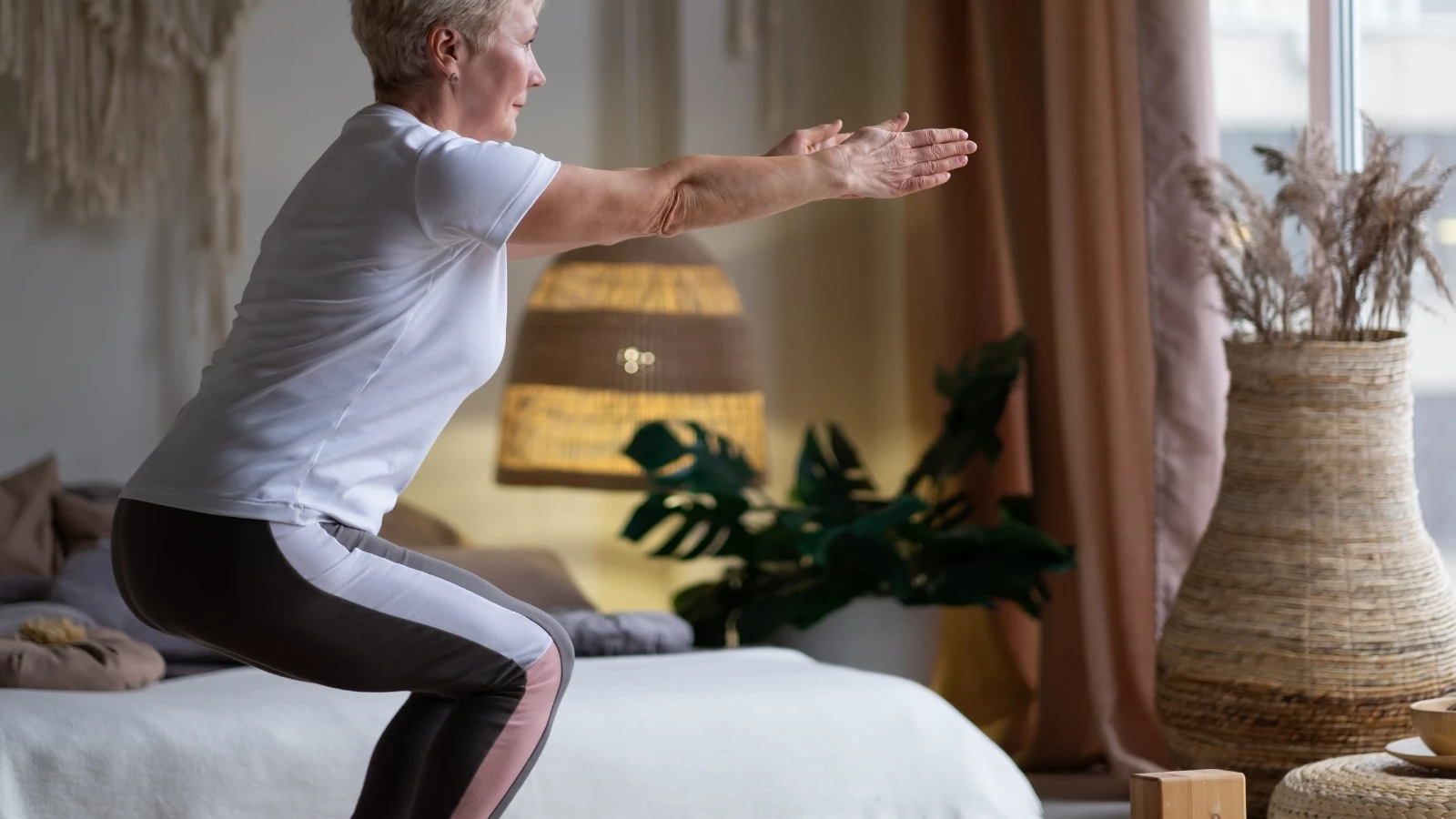
- From the Lunge Pose, step your left foot forward to join your right foot, keeping your arms reaching up high or placing your hands down if you need the support. Then make sure that your feet are close together, with your inner thighs squeezing together.
- Still reaching tall, sit your hips back as if you’re sitting in a chair, in Chair Pose (or Fierce Pose (Utkatasana) (shown above with arms extended forward). This is a challenging pose, but you’re strong and capable!
- After holding Chair Pose for a few breaths, keep sitting deeper and deeper until you’re sitting on the ground. Try not to “plunk” down! Keep your abdominals engaged! Yet if you do plunk down, does it mean that you will always plunk down when you attempt this? Does tomorrow, or the next time you practice, offer another chance?

- Once seated, bend your knees, take the bottoms of your feet together and let your knees fall out to the sides into Bound Angle Pose (Baddha Konasana) (shown above). Ground into your seat, but also feel your spine growing up tall. If your lumbar spine is rounded back, sit up higher on a yoga block or folded yoga blanket(s).
- Hold here for a few breaths. Feel the expansiveness within yourself, and know that it offers you multitudes of possibilities.
- Then lie back, engaging your abdominals to come all the way down to the ground with control and softness. You can place your hands behind you for support as you lie back. Check-in with your breath. To find a bit more calm, try making your exhalations longer than your inhalations.
Closing Meditation
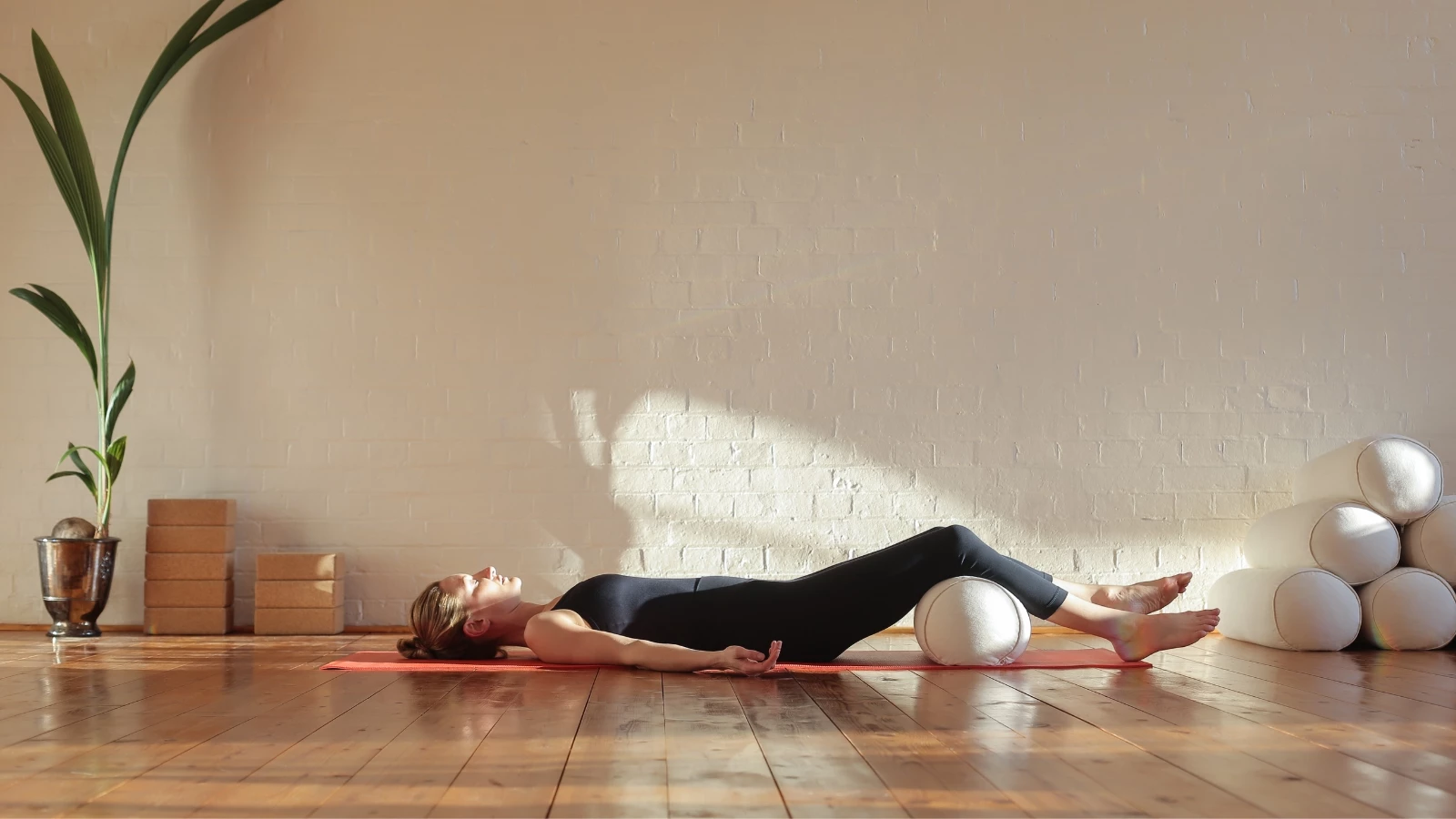
- Stay in Reclining Bound Angle Pose (Supta Baddha Konasana), or lengthen your legs out long onto the floor if that’s more comfortable for you. (Savasana variation with bolster to support the knees is shown above.)
- With your eyes closed, breathe easily, more fluidly, and fully if you can. Any thought that may arise—any memory that brings sadness—remember that your practice was temporary. Each pose was temporary. You, here and now, are temporary.
- If it resonates with you, use a mantra—a phrase that you repeat to yourself over and over—to keep yourself centered and your mind clearer. Try one or more of these phrases: “I am strong,” “I will rise above,” “What I’m feeling is not me.”
- When you feel ready, sit up and open your eyes. Go on to the rest of your day when you’re ready, believing that you have the strength and support to weather the difficult time that you’re experiencing.
Also, read...
Research Studies Document Benefits of Yoga for Depression
Looking for Ways to Cope with Anxiety? How Yoga May Help
Preventing Chronic Disease: Yoga May Alter Gene Expression Linked to Inflammation
Related courses
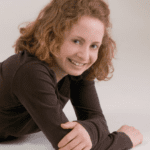
Kathryn Boland is an RCYT and R-DMT (Registered Dance/Movement Therapist). She is originally from Rhode Island, attended The George Washington University (Washington, DC) for an undergraduate degree in Dance (where she first encountered yoga), and Lesley University for an MA in Clinical Mental Health Counseling, Expressive Therapies: Dance/Movement Therapy. She has taught yoga to diverse populations in varied locations. As a dancer, she has always loved to keep moving and flowing in practicing more active Vinyasa-style forms. Her interests have recently evolved to include Yin and therapeutic yoga, and aligning those forms with Laban Movement Analysis to serve the needs of various groups (such as Alzheimer’s Disease patients, children diagnosed with ADHD, PTSD-afflicted veterans – all of which are demographically expanding). She believes in finding the opportunity within every adversity, and doing all that she can to help others live with a bit more breath and flow!



